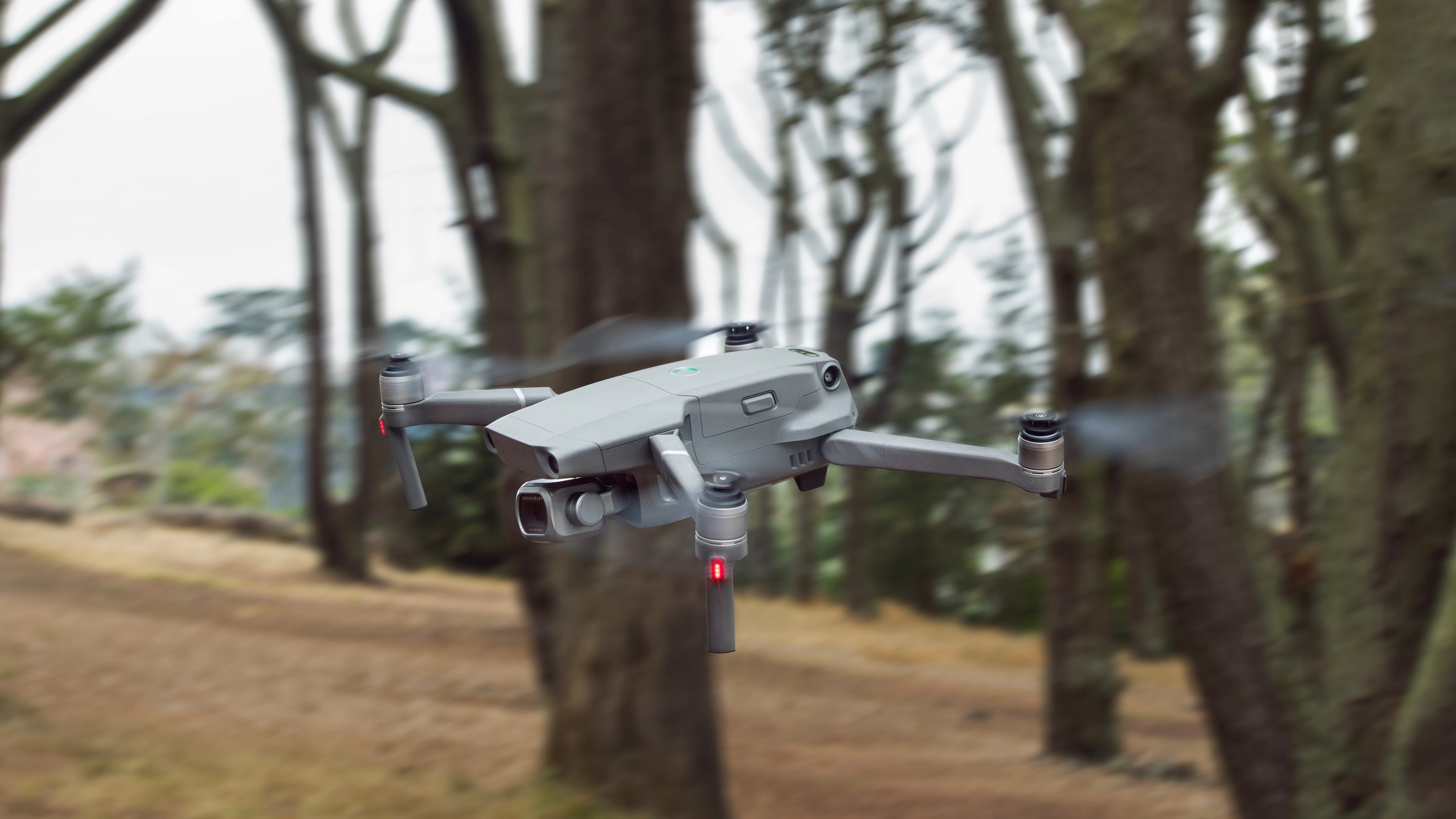DJI Mavic 3 could be the first class C2 drone – and that's great news
Class rating makes a big difference to where you'll be allowed to fly


Update: This drone has now launched! Read our full DJI Mavic 3 drone review, or see how it compares to another 2021 addition to the DJI lineup in our DJI Mavic 3 vs DJI Air 2S face-off.
The DJI Mavic 3 Pro drone is almost here – we're expecting it to arrive on 5 Nov. In the meantime, I've been scrutinising all the rumours and leaks trying to work out if it could be the first class C2 drone. It's something we've been waiting and hoping for ever since the new drone laws came in at the start of this year, and if true could bump the DJI Mavic 3 Pro right up our best drone ranking.
According to DroneDJ, the base model Mavic 3 will weigh 920g, which puts it well below the 4kg maximum take-off mass allowed for a class C2 drone, but what we don't yet know is whether it meets the other requirements such as having a 'low-speed mode' and being constructed 'to minimise injuries to people'.
Adding a low-speed mode that drops the drone's speed to a maximum of 3m/s (6.7mph) shouldn't be too much of a drama for DJI, but the safety requirements could be more problematic. It's all to do with the amount of energy that's transmitted if it collides with a human head and so far, no drone is accredited to the class.
- Major DJI Mavic 3 Pro drone leak shows two cameras and MUCH longer flight time
- Browse the best drones for beginners, or the best cheap drones on the market
Judging by the leaked images shared by Jasper Ellens, the Mavic 3 looks set so have quite spindly arms, but its body and the camera at the front look pretty robust. That said, I know from personal experience how delicate the gimbals holding the camera on a drone can be, so that may absorb enough force to make it safe.
So what's the big deal?
If the Mavic 3 is a C2 drone it will be legal to fly it under the provisions of the A2 sub-category in the new regulations. That means it can be flown as close as 30m from 'uninvolved people' at normal speeds and 5m in the low-speed mode – provided that the pilot has the A2 Certificate of Competency (A2 CofC).
Getting the A2 CofC isn't complicated because there's no flight test and no need to submit an operations manual to the CAA, but you have to take a training course and pass a multiple choice exam. Thankfully, you can do all of this online with a CAA RAE (Recognised Assessment Entity) like UAVHUB for a cost of around £99.
Get all the latest news, reviews, deals and buying guides on gorgeous tech, home and active products from the T3 experts

What happens if the Mavic 3 isn't a class C2 drone?
If the Mavic 3 doesn't have a drone class marking it will be viewed as a 'legacy drone'. And if it weighs less than 2kg, which it seems it's likely to, it will be fine to fly it under the A2 sub-category rules up until January 2023. After then, though, it will have to be flown in the A3 sub-category which means it has to be flown at least 150m from residential, commercial, industrial or recreational areas – and 50m from uninvolved people.
It's the distance from people that's important in the A2 sub-category, whereas with the A3 sub-category the distance from types of land or property becomes important. Effectively the A3 rules it mean that unless you own lots of land or have a landowning friend, you can't legally fly.
If DJI wants to avoid any health and safety concerns, it could classify the Mavic 3 as a class C3 or C4 drone, but that would mean that it would have to be flown in the A3 sub-category immediately. Nobody wants that! Keep your fingers crossed the Mavic 2 is a class 2 drone!
Angela has been Amateur Photographer magazine’s Technical Editor and Head of Testing for Future’s photography portfolio. She’s a widely respected editor, writer and reviewer as well as a CAA-qualified drone pilot.
